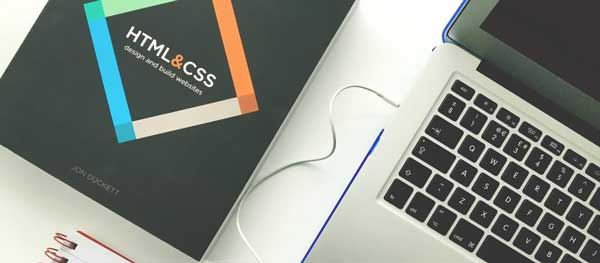Just recently, I was given a very hard task – to find the perfect balance between web design and content. I have plenty of experience with both, but the combination of the two always gives me a lot of trouble. Still, for a website to be a success, it has to have the perfect balance between web content and web design. Without either of the two, your efforts will be in vain.
Learning how to write content for a business website is a skill every marketer or entrepreneur must master. But, in addition to this, they must find the perfect way to combine the design that will complement and present that content. In this article, I’ll tell you the best tricks on how to create a perfect web design content balance.
Find the Perfect Symmetry (or Asymmetry)
My goal is usually to make pages symmetrical. It’s easier to the eye and readers can go from one point to the next one without any trouble. However, some prefer a more asymmetrical approach, one that makes their site more unique and different from the rest.
Whichever you choose, you must stick to it. You can’t go doing one page symmetrical and the other asymmetrical. If you place your websites content symmetrically into the design, the readers will expect the same on the remaining pages.

And of course, a slight change every now and then can never hurt. If you don’t want your website to be boring to the viewers, add an asymmetrical spark here and there. Most people use asymmetry to make a feature stand out from the rest.
Delegate
Most people don’t have the time to do both these things simultaneously or on regular basis. When this happens, you can’t let your website design or content suffer. It is better to delegate one task or the other and focus only on one. For example, when I have to build a website or update it with some fresh content, I tend to hire the writers who help me do my homework to write the content while I work on the design. It’s an affordable solution and helps me maintain a high SEO on every website.
You can delegate many things when it comes to website creation and maintenance. If you aren’t great with design or things seem to spin out of control every time you add new content, get a professional to handle this for you. You gain two things when you do this. First, you are eliminating the risk of losing your website’s progress. Second, you’re learning from the work of people who already know how to create this balance.
Balance Your Images
One of the hardest things marketers have to do when they try to find the content-design balance is deciding where to put the images and the content. Images tend to give a certain flair to the content and are a recommended feature for every website. They are visually attractive, share your idea or message, and make your design more appealing.
The type of image you’ll choose should depend on the content. If your topic is fast-paced, you should put more pictures to complement it and make things clearer. If your content is more fact-based, the images can be more limited in number, but should definitely be more detailed.
Finally, the spot where you place an image will depend on your preference. There’s no hard rule for this – just go with your guts.
Optimize for Mobile
Most people today visit websites from their mobile. They are often on the go or simply too addicted to their smartphones. Just think about it – how often do you use your phone to find things on the Internet?
Exactly. A lot. This is why the design-content balance goes beyond just the desktop version. In fact, it is even more important in terms of mobile optimization today. Therefore, you should focus on this balance, but also keep track on how well it performs on mobile devices.

Whenever you add a new post or somehow change the design on your website, make sure to check what it looks like on your mobile. Format and size are of crucial importance when it comes to mobiles. Therefore, make sure nothing sticks out, overlaps, or destroys your content’s appearance for the mobile users.
There are plenty of things that can ruin this balance and the mobile version is usually the most at risk. This is why you need a mobile-friendly theme that will let you create an attractive design for those who use their smartphones, too. Start there and adjust this continuously.
Conclusion
When we create a website and content to publish on it, we have the same goal in mind – to attract more readers. These readers will ideally turn into customers and leads, keep reading our website’s pages, and become returning customers. However, getting to this point requires some hard work. If you put some extra effort and time to create a balance between designs and content that attracts more audience, you’ll reap some amazing rewards.
Author’s Bio: Michael Turner is a web design student, but also a graduate in Marketing. He just recently decided to widen his horizons and deepen his knowledge of the online world, therefore pursuing further education in the field of web design. To track his progress and read his tips, follow him on https://twitter.com/edu_birdie.
